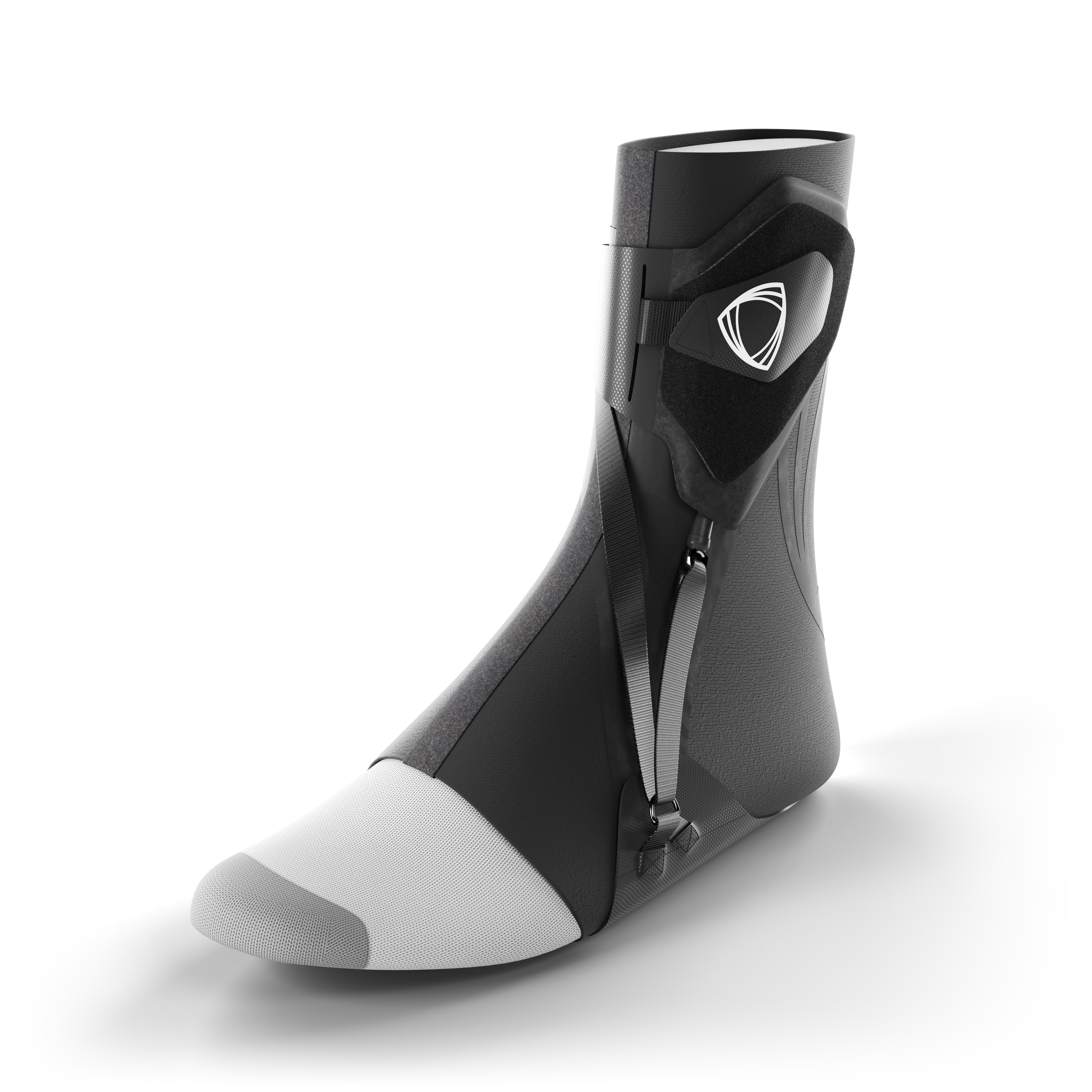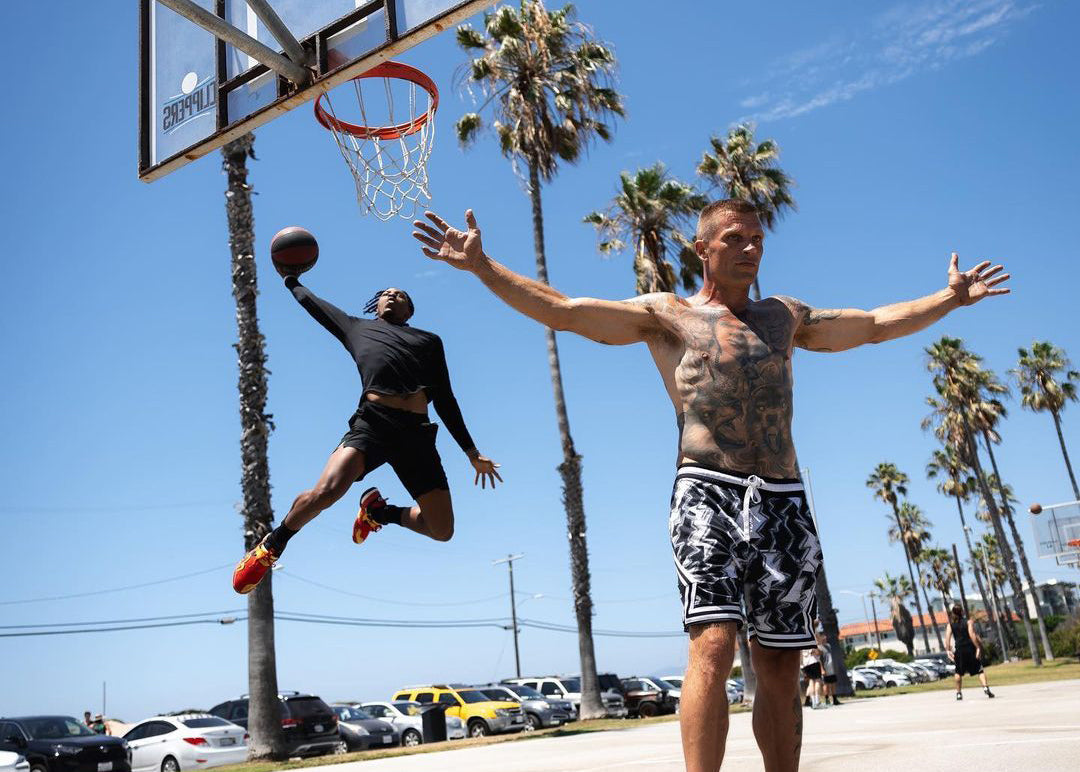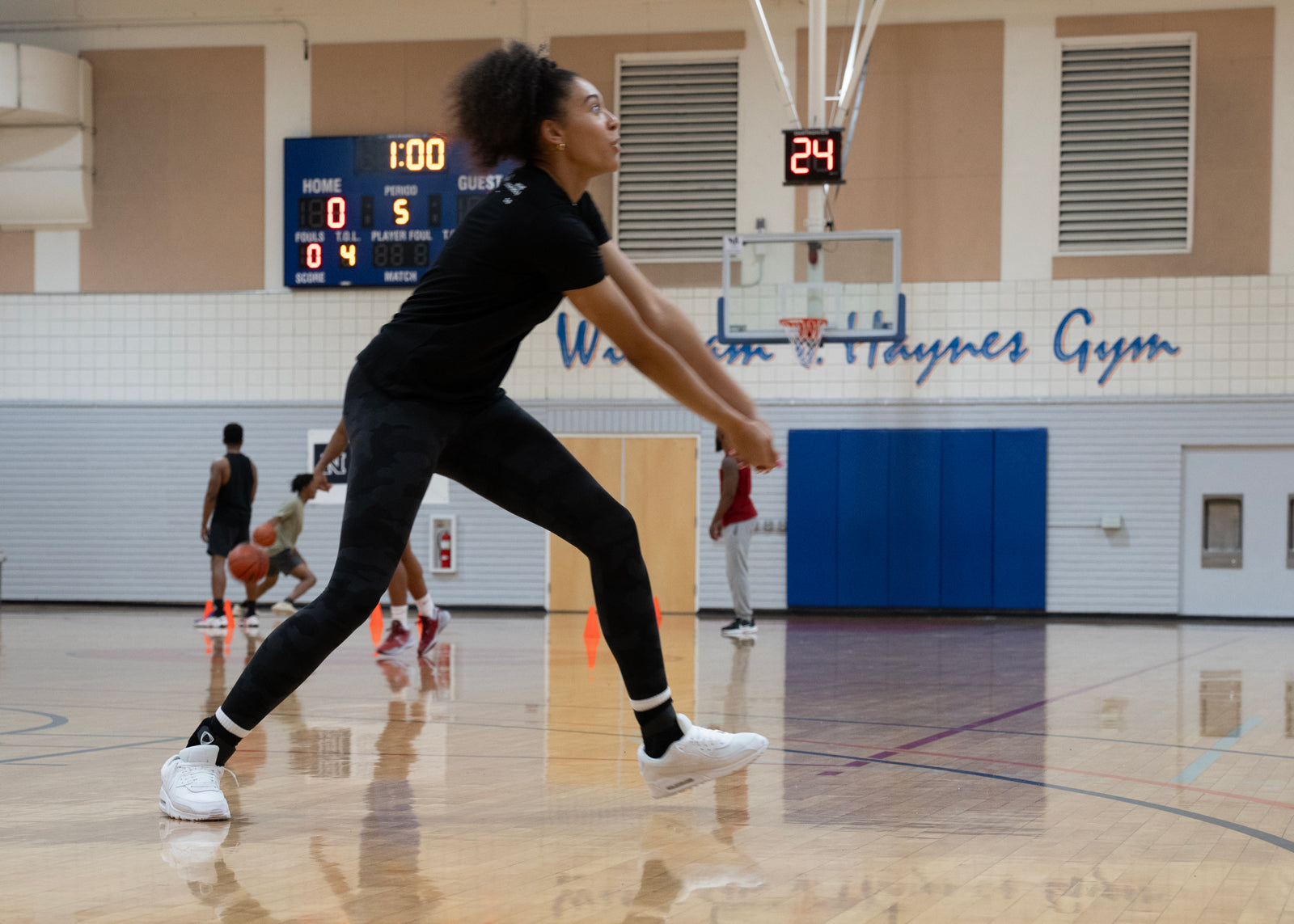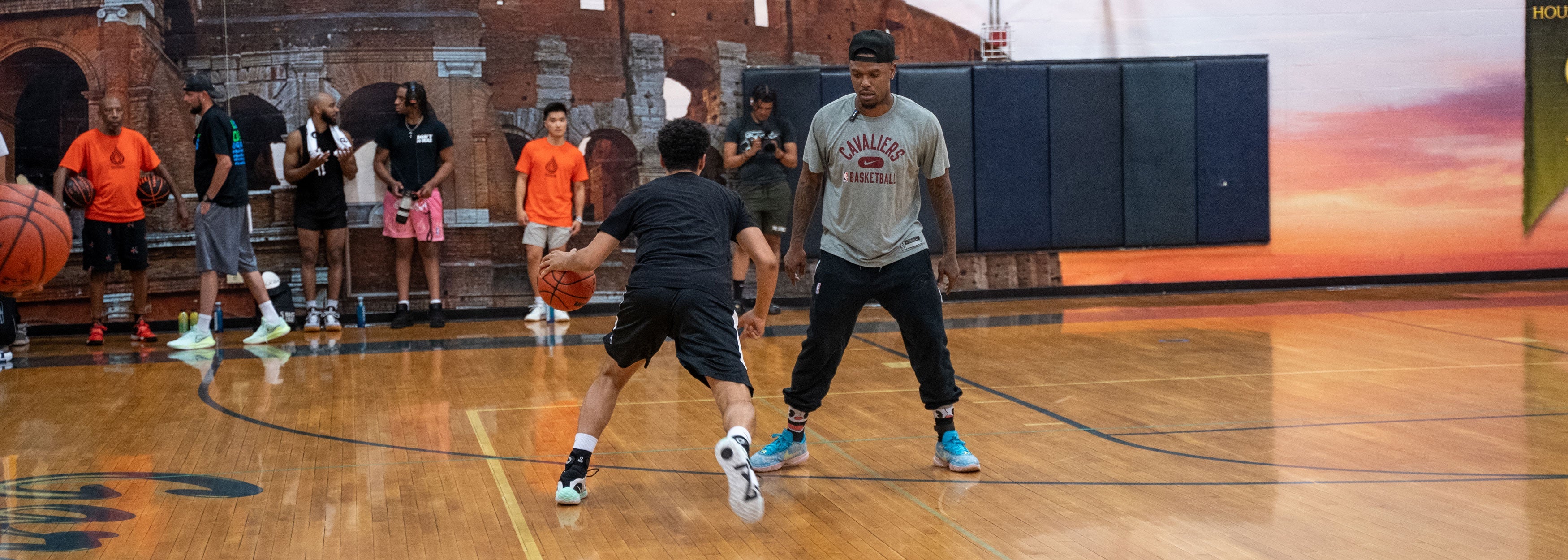Understanding Sprained Ankles: Causes, Treatment, and Prevention
Ankle sprains happen to everyone — from elite athletes to weekend warriors and mall crawlers. The American Orthopaedic Foot & Ankle Society estimates that 25,000 people experience an ankle sprain every day. Whether from stepping on an uneven surface, landing awkwardly from a jump, or making a sudden movement, a sprained ankle can sideline you for weeks if not properly managed.
An ankle sprain occurs when the ankle ligaments stretch or tear due to excessive force. Ligaments are strong bands of tissue that connect the ankle bones and stabilize the ankle joint. The severity of a sprain can range from mild (slight stretching of the ligaments) to severe (complete ligament tears). People who experience repeated ankle injuries may develop chronic ankle instability, making them more prone to future sprains.

Types of Ankle Sprains
There are different types of ankle sprains based on the direction in which the foot moves during the injury. Of the three, lateral (inversion) ankle sprains are by far the most common, accounting for approximately 85% of all ankle injuries.
- Inversion Sprain: The most common type occurs when the foot rolls inward, stretching or tearing the ligaments on the outer side of the ankle.
- Eversion Sprain: This is less common and happens when the foot rolls outward, affecting the ligaments on the inner side of the ankle.
- High Ankle Sprain: This involves injury to the ligaments connecting the two lower leg bones above the ankle. It is often seen in athletes participating in high-impact sports, like football.

Grades of Ankle Sprains
Ankle sprains vary in severity, from minor ligament stretching to complete tears. Understanding the grade of your ankle sprain can help determine the right treatment plan and recovery timeline. The table below outlines the three grades of ankle sprains and their key characteristics.
| Grade | Description | Symptoms |
| Grade 1 (Mild) | Minor stretching and microscopic tears in the ligament fibers. | Mild pain, slight swelling, minimal impact on mobility. |
| Grade 2 (Moderate) | Partial tearing of the ligament. | Moderate pain, swelling, bruising, difficulty bearing weight. |
| Grade 3 (Severe) | Complete tear of the ligament. | Severe pain, significant swelling, instability, inability to bear weight. |

Symptoms of a Sprained Ankle
Recognizing the symptoms of an ankle sprain is crucial for effective treatment. Common signs include:
- Pain and swelling around the injured ankle
- Bruising and tenderness to the touch
- Difficulty bearing weight on the affected foot and ankle
- A limited range of motion
- Instability or a feeling that the ankle might give out

How to Treat a Sprained Ankle
Proper treatment can help you heal faster and prevent long-term complications. Without proper care, repeated ankle injuries can lead to chronic ankle instability, increasing the risk of future sprains.
The standard protocol for treating an ankle sprain is the R.I.C.E. method:
- Rest: Avoid putting weight on the injured ankle for at least 48 hours.
- Ice: Apply ice packs for 15–20 minutes every 2–3 hours to reduce swelling.
- Compression: Use an elastic bandage to help control swelling and provide support.
- Elevation: Keep your foot elevated above heart level as much as possible.
In addition to R.I.C.E., over-the-counter pain relievers like ibuprofen can help manage discomfort and inflammation. Severe cases may require a visit to a sports medicine specialist or a physical therapist to guide rehabilitation.

Recovery and Rehabilitation
After the initial 48 hours, gentle range of motion exercises can prevent stiffness. As healing progresses, incorporating ankle strengthening exercises can help restore stability and prevent reinjury. Some effective exercises include:
- Toe raises and ankle circles to maintain mobility
- Resistance band exercises to strengthen ankle ligaments
- Balance training on a wobble board to improve coordination
If your sprained ankle remains swollen or painful after several weeks, seek medical advice. Persistent instability could indicate damage to the ankle bones, ligaments, or cartilage.

The BetterGuard Advantage: Protection and Mobility in One Brace
Finding the right balance between support and mobility is key when recovering from a sprained ankle. Traditional braces often restrict movement, while compression sleeves provide minimal protection. That’s where The BetterGuard stands out.
Engineered with adaptive support technology, The BetterGuard stabilizes your ankle only when needed, allowing for full freedom of movement while reducing the risk of reinjury. Clinical research published in the Journal of Sports Rehabilitation found that athletes wearing The BetterGuard returned to sport 54% faster compared to standard treatments.

Key benefits of The BetterGuard:
- Smart protection: Activates instantly when your ankle is at risk
- Unmatched mobility: Moves naturally with you, unlike rigid braces
- Proven performance: Helps accelerate recovery and prevent future sprains
Whether you’re in rehab or looking to stay protected during play, The BetterGuard is the perfect blend of comfort, protection, and performance.

Returning to Activity Safely
Returning to physical activity too soon can lead to further injury. To ensure a safe comeback, consider the following:
- Gradually increase weight-bearing activities
- Continue strengthening exercises to support the ankle joint
- Wear a supportive ankle brace for added protection
- Test your ankle with low-impact exercises before participating in sports
A physical therapist can design a customized rehab plan to help you regain full function before resuming high-intensity activities.

Preventing Ankle Sprains
Taking steps to prevent ankle sprains is especially important for those participating in sports or engaging in activities that put stress on the ankle joint. Key prevention strategies include:
- Warming up before exercise to prepare the muscles and ligaments
- Wearing supportive footwear that fits well
- Strengthening the muscles around the ankle to enhance stability
- Being cautious on uneven surfaces to avoid missteps
- Wearing an ankle support that doesn't limit your range of motion

Long-Term Implications of Ankle Sprains
Neglecting proper treatment for a sprained ankle can lead to complications such as:
- Ankle instability makes future injuries more likely
- Scar tissue formation, which can reduce flexibility
- Arthritis in the ankle joint, leading to long-term discomfort
This is why proper care, rehabilitation, and prevention measures are essential after experiencing an ankle sprain.

When to See a Doctor
Not all ankle injuries require professional care, but severe sprains may need medical evaluation. You should see a doctor if:
- You cannot bear weight on the injured ankle
- The pain and swelling do not improve after a few days
- You notice significant bruising or deformity
- Your ankle remains unstable even after initial healing
A doctor may recommend imaging tests like X-rays to rule out fractures or an MRI to assess ligament damage. Treatment may involve immobilization, physical therapy, or, in rare cases, surgery to repair torn ankle ligaments.
Conclusion
Ankle sprains are common but manageable injuries. Understanding how to treat a sprained ankle and taking preventive measures can help you recover faster and reduce the risk of future problems. Whether you’re an athlete or someone who enjoys an active lifestyle, protecting your ankles ensures you stay mobile and pain-free. If you're ever unsure about your injury, consulting a healthcare professional is always the best course of action.







